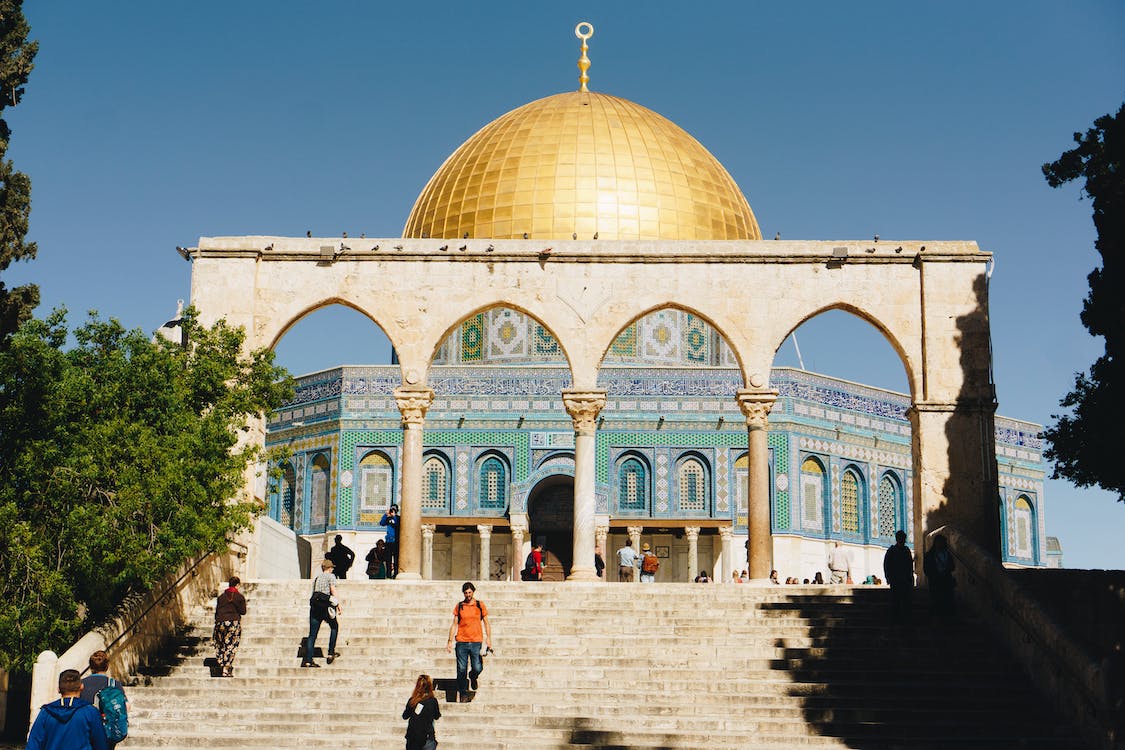The History of the Cardo
The Cardo (or Cardo Maximus or “HaCardo” in Hebrew) was Jerusalem‘s main street 1500 years ago. The Cardo was originally paved in the 2nd century when Hadrian rebuilt Jerusalem as a Roman polis called Aelia Capitolina. The Cardo was extended south to the area of today’s Jewish Quarter in the 6th century by the Byzantine Emperor Justinian.
In its day, The Cardo was an exceptionally wide colonnaded street running through the heart (or cardo) of the city on a north-south axis, connecting many of Byzantine Jerusalem’s major institutions. Parallel rows of columns supported a red ceramic tile roof and an arcade ran along, at least part of its eastern side. Jerusalem’s Cardo (cardos were features of many Roman cities, especially in the Near East) is depicted on the Madaba Map, the mosaic pavement of a 6th century Byzantine Church found in the town of Madaba in Jordan. There is a replica of the Madaba Map on display in the Cardo.
The Cardo today
Today the Cardo is one of the key attractions in the Jewish Quarter of Jerusalem’s Old City.
A section of Cardo has been reactivated as a shopping street, full of arts and various special goods. In part of the preserved Cardo, the French school of art Creation de la Cite installed a large painting of the Byzantine Cardo – look for the depiction of a Byzantine girl handing a pomegranate to a 21st century boy (pictured above).
In another section of the Cardo (the open section near the main square in the Jewish Quarter) there are some of the pillars. Part of the Cardo has been restored to show how the stalls and shops would have been in Roman times. Occasionally, there are theme days with actors dressed in period costume running various hands on activities for the children.
Dotted around the Cardo are some fascinating archaeological excavations from First and Second Temple Jerusalem. These excavations were revealed in part as a surprise result of the Jordanian army razing Jerusalem in 1948. The Cardo leads into the Souk in the Muslim Quarter. It’s a great place to buy souvenirs of the city, particularly if you’re looking for the beautifully crafted Jewish and Judaica art.
The Cardo is an eclectic mixture of archeology, history and shopping in an ancient market street.
Some photos of The Cardo
View the Cardo Picture Album for more Cardo photos.
